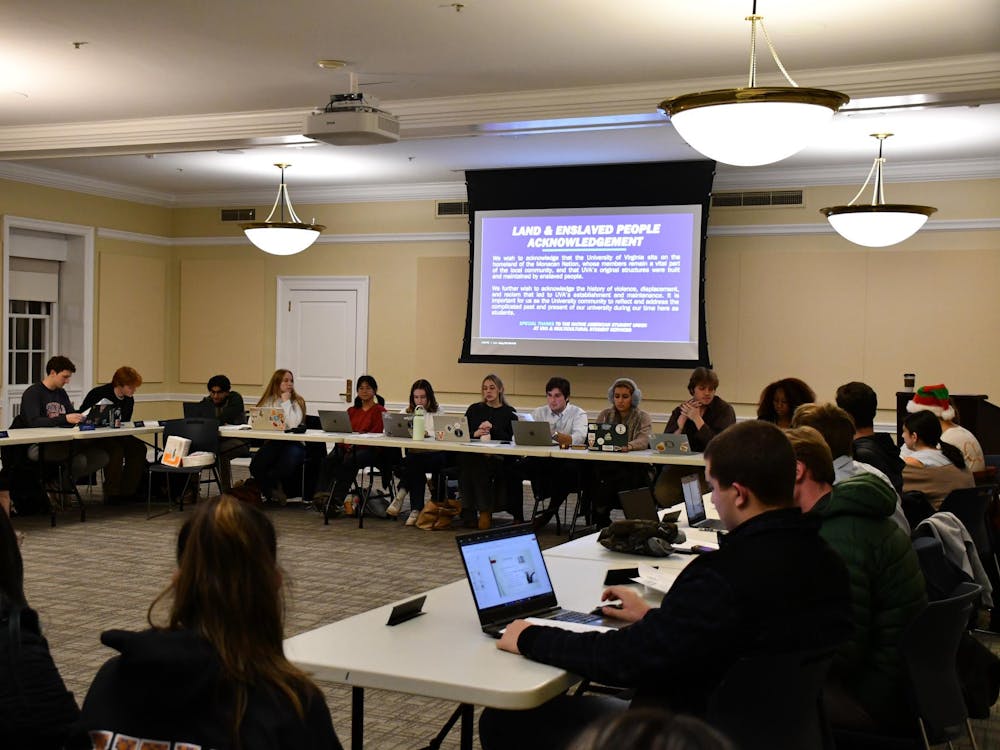The diversity of life on Earth is much more threatened by the extinction of animals and plants than previously thought, due to the non-random nature of extinction patterns, according to a study published in the April 14 issue of the journal Science.
University Assoc. Biology Prof. John Gittleman co-authored the study, which shows that organism extinction risk is not distributed randomly among species but instead tends to be higher in clusters of closely related organisms.
Many animals, such as manatees and giant pandas, have few close relatives and so have the potential to be hit much harder by evolutionary pressures -- changes in animal habitats such as food shortages or diseases which challenge their livelihood.
Although there are relatively few such unique "oddball" species, they comprise a large percentage of the earth's biodiversity, the variations among groups of organisms which "can be measured in terms of genetic diversity, habitat, physical characteristics and number of species," Gittleman said.
|
Biodiversity is important to the study of evolution because unique species give scientists special insight into evolutionary pressures.
The study of biodiversity has applications in conservation and ecology. "The goal of any scientist is to have work that is going to do something," said second-year biology graduate student Wes Sechrest, who works with Gittleman. "Hopefully we can see the larger-scale patterns and help make some decisions" about how best to conserve biological resources, Sechrest said.
Gittleman's work provides an interesting follow-up to a previous 1997 study which described the effect of random extinction on evolutionary history. The study found that a large percentage of biological species could become extinct without adversely affecting biodiversity.
If extinction is random, as the study says, then it not as big a risk to biodiversity as previously thought.
"A lot of people have used [the study] to say that we don't need to worry about extinction as much," Sechrest said.
The new study published by Gittleman indicated extinction does in fact have a large negative impact on biodiversity. Gittleman explained that his work, based on physical animal data such as population size, shows "a significantly higher proportion of observed species are likely to go extinct than predicted in the random [extinction] model."
Gittleman built on the earlier theoretical work and "put it in real terms," he said. He and his colleagues used an endangered species list created by an independent research group, the International Union for the Conservation of Natural Resources (ICUN), to determine extinction risk for a large number of bird and mammal species. "We took the same number of species from each of these groups and ran models of extinction for 1,000 different evolutionary trees," Gittleman said.
Every organism is characterized by a genus, or branch in the evolutionary tree, and a species, or smaller sub-branch. The researchers counted the number of species and genera destroyed in these extinction models. In the new model, "85 more genera disappeared than under the random model of extinction."
This means that entire branches of the evolutionary tree disappear, which results in a much "more devastating loss of diversity," Gittleman said. "A genera represents a larger chunk of evolutionary history."
"You are losing all of the biodiversity and time during which the species evolved," he said.
Gittleman admits the IUCN list for extinction risk is not perfect. It is especially difficult to keep the list up to date since it includes information on thousands of species from all over the world.
"There are problems with [the IUCN list], unquestionably, but we do know this is our best estimate for now, and it is being continually updated," he said. "It gets things more right than wrong."
Other possible sources of uncertainty are the evolutionary trees themselves.
These trees "are certainly not perfect, and will change with more data, but the types of analyses that [Gittleman] does are robust, and fairly conservative," said David Carr, environmental sciences research assistant professor.
"When you have more and more data sets and they all point in the same direction, that gives you higher confidence in that tree. The confidence level can be determined using rigorous statistical methods," Carr said.
Larger data sets are key in the field of comparative evolutionary biology. "What's very exciting is the fact that we see these evolutionary trees are more and more accurate" as more data is accumulated, Gittleman said. "This study couldn't have been done four or five years ago."
Although this study suggests certain groups of organisms are targeted for extinction in a non-random manner, the question remains as to why those groups are targeted.
Currently, Gittleman and Sechrest are working to find answers to this question. Preliminary results indicate that species which feed high on the food chain have low population densities, take a long time to reproduce or live within a tiny area are more likely to become extinct.
Sechrest said he is interested in this last characteristic -- small geographic range.
"I am compiling a database of geographic ranges for over 4,500 mammalian species on a global scale," he explained.
Gittleman also is working with huge data sets -- he currently is creating "supertrees," which are evolutionary trees based on a wide range of information such as behavior and habitat as well as genetics and physical characteristics.
Both Sechrest and Gittleman believe these studies are just the beginning in a new wave of quantitative evolutionary biology studies, due to an influx of larger, more accurate data sets. "Conservation and biodiversity are probably the hottest areas in biology and environmental science," Gittleman said.
"Biodiversity is up and coming," Sechrest echoed. "There is a lot to be done"






